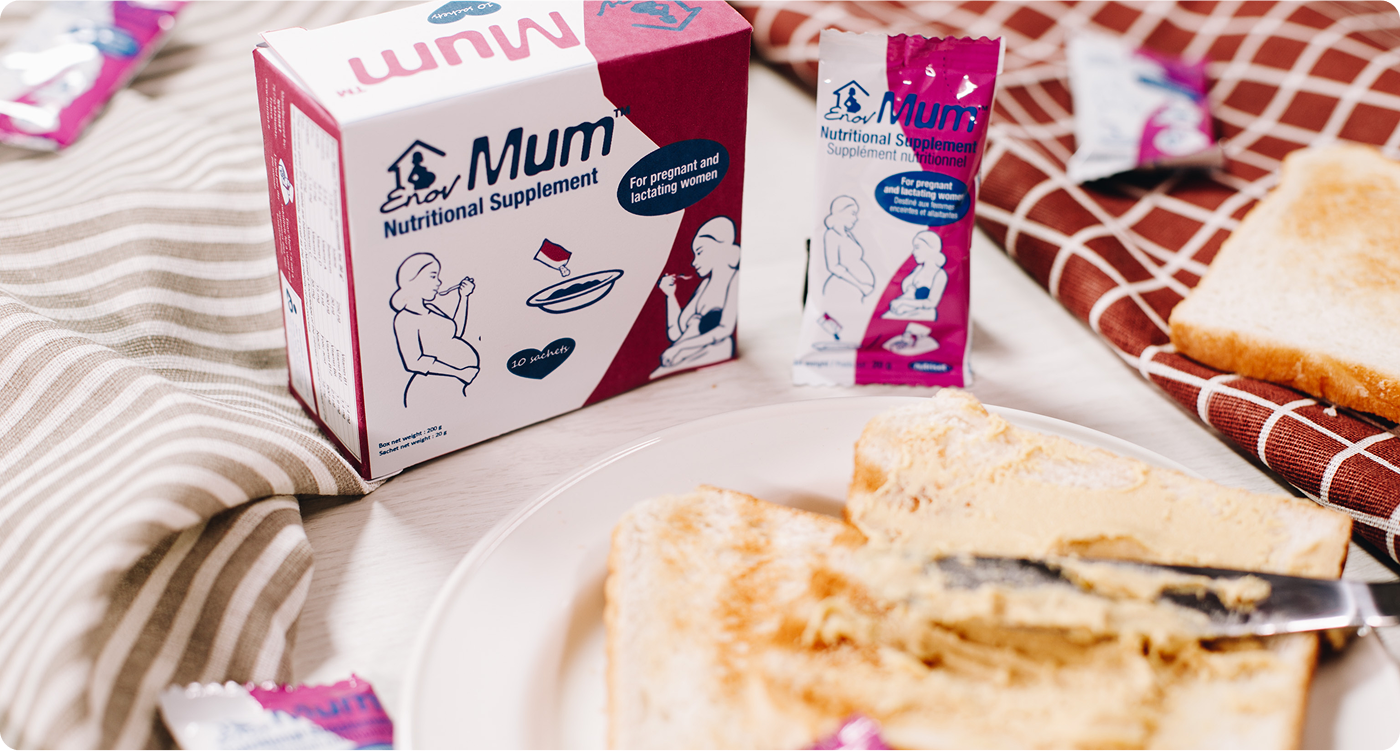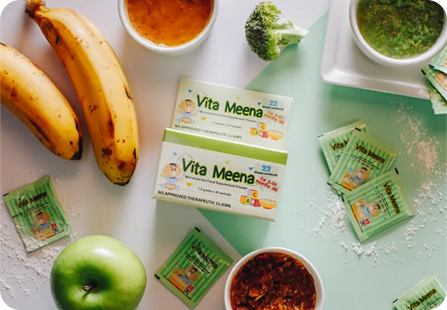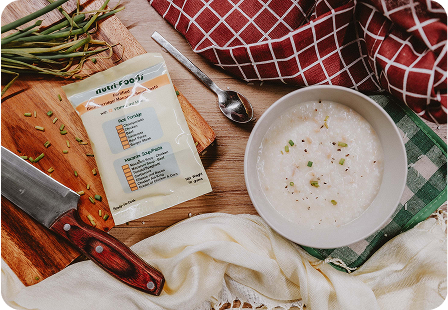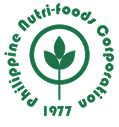How to Read Nutritional Facts and Product Labels: A Guide for Smarter Food Choices in the Philippines

Meta Description
Learn how to read nutritional facts and product labels to make healthier food choices. This guide covers essential tips and insights tailored for Philippine nutri-foods and local consumers.
In today’s fast-paced world, it’s easy to grab a snack off the shelf without thinking twice. But what if that quick choice is affecting your health more than you realize? Whether you’re managing a condition, trying to eat better, or simply curious, learning how to read nutritional facts and product labels can empower you to make smarter decisions—especially with the rise of Philippine Nutri-foods in the market.
Why Reading Nutritional Labels Matters
Product labels are more than just branding and buzzwords—they are regulated information panels that reveal what you’re actually consuming. Understanding this information can help you:
- Control calorie intake
- Monitor sugar, salt, and fat levels
- Compare products effectively
- Identify allergens or ingredients to avoid
Why Reading Nutritional Labels Matters
Here’s a breakdown of the most important sections you’ll find on a nutrition label:
1. Serving Size
Always start here. The values listed on the label correspond to one serving—not necessarily the entire package. For example, if the serving size is 1 cup and you consume 2 cups, double the values of calories, fat, sugar, etc.
2. Calories
This shows the energy you get from one serving. If you’re watching your weight or energy intake, this is key. For most Filipino adults, a daily intake of 1,800–2,200 calories is typical, depending on activity level.
3. Macronutrients: Fats, Carbohydrates, and Proteins
Fats: Aim for low saturated fat and avoid trans fats. Check if the label says “0g trans fat”—even then, small amounts may be hidden if the serving is small.
Carbohydrates: Includes total carbs, fiber, and sugar. Be cautious of added sugars—more than 10% of daily calories from added sugars is considered excessive.
Protein: Essential for muscle growth and repair. Higher protein can be beneficial, especially for active individuals.
4. Micronutrients: Vitamins and Minerals
Look for nutrients like iron, calcium, and vitamin A—especially important in Filipino diets. Local brands of Philippine nutri-foods often enrich products with these nutrients to fight common deficiencies.
5. % Daily Value (%DV)
This tells you how much a nutrient in a serving contributes to your daily diet, based on a 2,000-calorie diet. Use the 5/20 rule:
- 5% DV or less = low
- 20% DV or more = high
Example: A snack with 25% DV for sodium is high in salt and may not be ideal if you’re managing high blood pressure.
How to Read Product Labels in the Philippines
When reading food packaging in the Philippines, take note of these:
- Ingredients List: Ingredients are listed by weight—from highest to lowest. If sugar or oil is at the top, the product is likely high in those.
- Expiration Date & Lot Number: Don’t overlook this. Local laws require clear expiry labels. Be wary of “best before” dates too—they affect quality, not safety.
- Fortified Foods: Many Philippine nutri-foods are fortified with nutrients like iodine, iron, or vitamin A. Look for logos from the Food and Drug Administration (FDA) or endorsements from the Department of Health.
Practical Tips for Filipino Shoppers
- Don’t fall for front-label claims. Phrases like “low-fat” or “organic” can be misleading—always read the back.
- Compare similar products. Use the nutritional facts to check which one has less sugar, salt, or unhealthy fat.
- Watch out for hidden sugars. Words like “maltose,” “fructose,” or “corn syrup” all mean sugar.
Knowing how to read nutritional facts and how to read product labels gives you the power to take control of your health—especially as more Philippine nutri-foods become available in supermarkets and sari-sari stores.
So the next time you shop, flip that product over. Your future self will thank you.
Other Stories That You May Like
Contact Us
- Launchpad Coworking 214-215 Commercenter East Asia Drive corner Commerce Avenue Filinvest Corporate City, Alabang Muntinlupa City
-
Paul Hipolito (Luzon):
0917-123-6516 Fritz Orio (VisMin):
0917-123-7944 Marco Umayam (retail): 09173064195 - infopnfc@nutrifoods.com.ph
Sitemap
Helpful Links
- Public Resources
- Vita Meena Info Site
Tackling SDGs Together
- Better Nutrition, Better Nation

Copyright ©2025 Philippine Nutri-food Corporation. All rights reserved.



